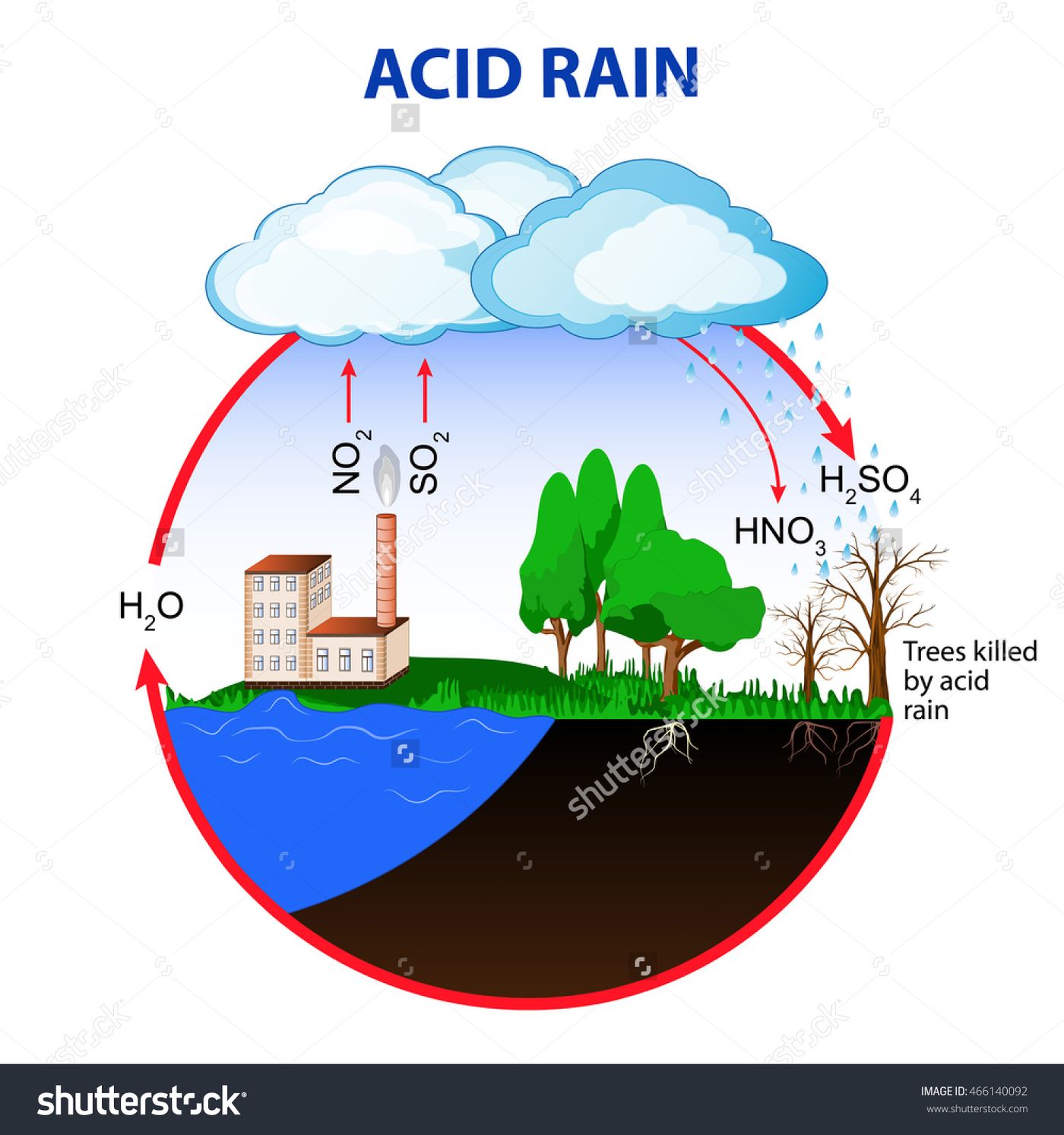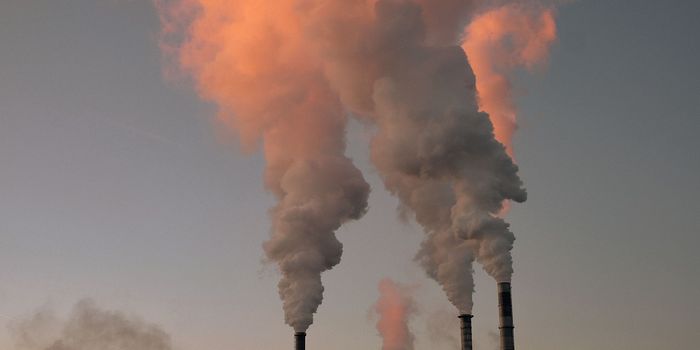Reduced air pollution could mean more rain
We know that air pollution is bad, and that pollution from sulfur dioxide causes acid rain and cardiovascular and respiratory diseases. Yet due to regulations on aerosols, in the last decades, sulfur dioxide emissions are declining and scientists are still uncertain in what effects this decreasing air pollution will have. Following a new study in the Journal of Geophysical Research: Atmospheres, it is plausible that falling sulfur dioxide emissions in the United States will impact more than just the immediate region. The study reports that fewer emissions will actually increase rainfall in Africa's semi-arid Sahel, while bringing slightly more rain to the U.S., as well.
Sulfur dioxide is dangerous because it both cools and dries the planet by reflecting sunlight back to space and suppressing heat-driven evaporation near the ground, reports Science Daily. Sahel, which is encompasses a long West to East strip of Africa between the Sahara Desert to the north and the Sudanian Savanna to the south, has had severe droughts since the 1970s and 80s. The scientists are now wondering if those droughts are linked to conditions in other areas of the world.
"We were surprised to find that removing sulfur emissions in just one country would significantly influence rainfall on another continent, thousands of miles away," said study coauthor Arlene Fiore, an atmospheric scientist at Lamont-Doherty.
Looking at three models, the team of researchers quantified the global and regional precipitation responses to U.S. sulfur dioxide emission reductions. There is hope that U.S. sulfur dioxide emissions could reach zero by 2100, so the researchers set their projections with this zero-emissions scenario. If this is the case, the projections show that rainfall over the Sahel could increase up to 10 percent from 2000 levels. All three models also showed a slight increase in average global rainfall, with higher levels in the United States and other northern-hemisphere regions.
The consequential rainfall would come because the tropical rain belt would shift to its normal, northernmost position above the equator during northern hemisphere summer, moving the rain belt roughly 35 kilometers north where more of it reaches Sahel. That could have significant implications for such a drought-worn region. Agriculture could become more reliable and profitable for those living there.
"Reducing emissions in one region can influence rainfall far away because our global atmosphere is interconnected," said the study's lead author, Dan Westervelt, an atmospheric scientist at Columbia University's Lamont-Doherty Earth Observatory. "We show that the health and environmental benefits of U.S. clean air policies extend to global climate as well."
Sources: Science Daily, Journal of Geophysical Research: Atmospheres
-
APR 17, 2024Cannabis Sciences Virtual Event Series 2024
-
APR 30, 2024Immuno-Oncology Virtual Event Series 2024
-
MAY 07, 20243rd International Biosecurity Virtual Symposium
- See More



















































